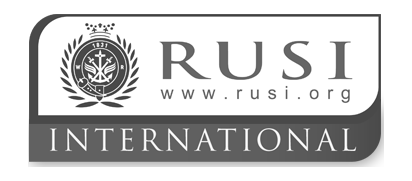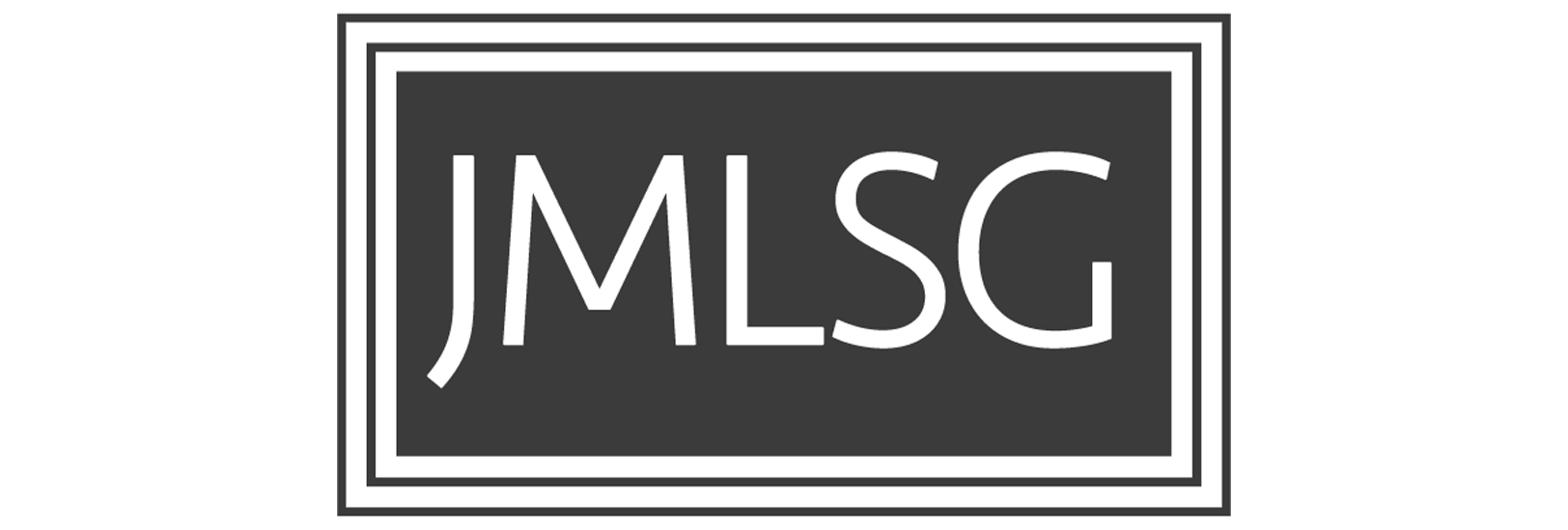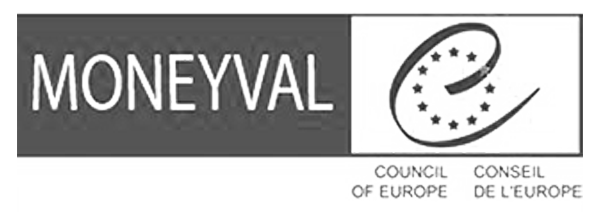A community driven framework for understanding, detecting, and mitigating illicit financial behaviors.
Explore the Framework














In our quest to tackle these challenges, we have built AMLTRIX.
Explore the FrameworkHigh-level AML guidelines and conceptual risk frameworks can be disconnected from daily compliance tasks. Teams responsible for transaction monitoring rules, operational processes, and software development lack a single, structured reference—resulting in ambiguous or incomplete implementations.
Financial institutions and regulators often craft their own interpretations, data formats, and risk definitions in isolation. This fragmentation leads to inconsistent AML controls, duplicated efforts, and limited collaboration across the sector.
Many official typology reports are published as freeform text with minimal labeling, forcing institutions to interpret and manually adapt the content. This unstructured distribution of threat patterns makes it difficult to convert guidance into practical detection logic or investigative procedures.
Larger banks may have resources to build in-house typology databases, but smaller institutions often lack the means to develop or maintain robust frameworks. Without open, standardized references, these organizations remain at a disadvantage in detecting sophisticated money laundering schemes.
Inspired by MITRE ATT&CK®, we map AML/CFT adversarial behavior into Tactics, Techniques, Indicators, and Mitigations for maximum clarity
Open contributions from financial institutions, regulators, and experts. Centrally curated to maintain quality
Machine-readable and taxonomy-driven framework, enabling AI-based solutions to plug in ensuring powerful detection and smarter, automated controls.
Extend the core framework with your own institution-specific scenarios or add new typologies as they emerge (e.g. new crypto-based laundering).

AMLTRIX Provides unified definitions for laundering techniques, simplifying day-to-day investigations and demonstrating regulatory effectiveness.
A unified system enhances communication between different regulatory bodies and FIUs, promoting a coordinated and efficient response to financial crimes.
Delivers documented adversarial laundering techniques, enabling enforcement teams to correlate complex patterns and assemble robust, comprehensive evidence for court.
AMLTRIX ensures structured typologies & terminology for building accurate detection algorithms, speeding up model training and product roadmaps.
AMLTRIX delivers consistent risk classification across the enterprise, helping leadership optimize compliance processes and demonstrate measurable outcomes to stakeholders.
AMLTRIX supplies a vendor-neutral intelligence framework, ensuring solutions remain up-to-date, compatible with diverse FI needs, and less reliant on proprietary rule sets.

Leverage AMLTRIX adversarial techniques and indicators to enhance both rule-based and model-driven monitoring.
Adopt AMLTRIX’s structured knowledge to unify investigative workflows, reduce duplicative tasks, and strengthen operational consistency—complement your institution’s unique risk-based approach.
Link laundering techniques to specific risk categories—such as product, channel, or geography—to better focus resources on key vulnerabilities.
Ensure analysts, investigators, and data scientists use consistent definitions of illicit behaviors, reducing confusion and improving cross-team analytics.
Provide your staff with a structured reference of known money laundering tactics, ensuring a shared understanding and quicker onboarding.
Use AMLTRIX as a common reference point to discuss emerging laundering methods with external partners without revealing sensitive institutional or client information.
We research and dissect adversarial activities, breaking them down into the tactics and techniques.

All data is machine-readable, versioned, and curated, making it easy to adopt or extend
Financial institutions, regulators, and tech teams can adopt the framework, share real-world feedback, and drive improvements


Tactics capture the high-level “why” behind actions, framing the overall objectives and providing contextual categories for the techniques.
Techniques represent the “how,” detailing the specific actions an adversary takes to achieve those tactical objectives.
Mitigations outline the defensive strategies designed to disrupt or diminish the effectiveness of an adversarial technique.
Indicators are the observable signs that suggest a particular technique is in use.
Key figures and statistics that highlight our impact and effectiveness in the AML/CFT space.
Explore the FrameworkAdversarial techniques defined
Sources analyzed
Risk indicators described
Defensive mappings provided

We have been chosen by the Central Bank of Ireland as part of the Innovation Sandbox Programme.
 Our proposition
Our proposition
Bridge the Gap
Enable Secure Exchange
Standardize AML/CFT Data
Automate Risk Discovery
Foster Collaboration
Enhance AI Solutions

We are actively exploring which of the following enhancements to prioritize, and we welcome industry feedback or expressions of interest.
Developing secure ways for institutions to exchange insights into criminal techniques without exposing sensitive data or creating disproportionate privacy risks.
Providing narrative-rich examples illustrating exactly how adversaries use money laundering methods in publicly documented real-world cases.
Cataloging structured detection logic that helps institutions implement consistent, effective monitoring systems aligned with AMLTRIX techniques.
Supporting the exchange of realistic synthetic datasets and aggregate risk event data to guide, test, and validate AML analytics.
Providing potential future extensions for the operationalization and interoperability of AML data, enhancing efficiency and system integration.
Adapting AMLTRIX to additional domains such as terrorism financing, sanctions evasion, proliferation financing, or significant predicate offenses.
AMLTRIX is an open-source knowledge graph designed to unify and standardize how financial institutions, regulators, and solution providers identify and mitigate money laundering (ML). Inspired by the MITRE ATT&CK® framework in cybersecurity, AMLTRIX aims to provide a dynamic, machine-readable taxonomy of tactics, techniques, and sub-techniques across core risk categories (products, customers, channels, geographies, and internal factors). Its structure helps bridge the gap between high-level regulatory language and day-to-day AML operations.
AMLTRIX can be used in various ways to support AML/CFT operations, deliver actionable financial crime intelligence, and enhance your compliance architecture. Please find Get Started page for instructions how to start using AMLTRIX. Also check out the Knowledge Hub section for other material.
AMLTRIX is offered as an open-source framework ensuring you can access and use it at no cost.
AMLTRIX is built to be system-agnostic and easily integrates with your existing infrastructure—no special systems required.
AMLTRIX was developed by AMLYZE, a pioneering company founded by regulatory insiders with extensive experience in financial crime intelligence, regulatory compliance, and law enforcement. Dedicated to transforming AML/CFT compliance, AMLYZE combines deep expertise in financial crime risk management with cutting-edge technology. AMLTRIX was designed to empower professionals with an advanced intelligence tool to effectively mitigate financial crime risks.
AMLTRIX is an open-source, community-driven framework. We welcome contributions from developers, researchers, and AML/CFT enthusiasts alike. If you’d like to get involved, please visit our Contribute Page to learn more and join our community in building a more robust solution against financial crime.